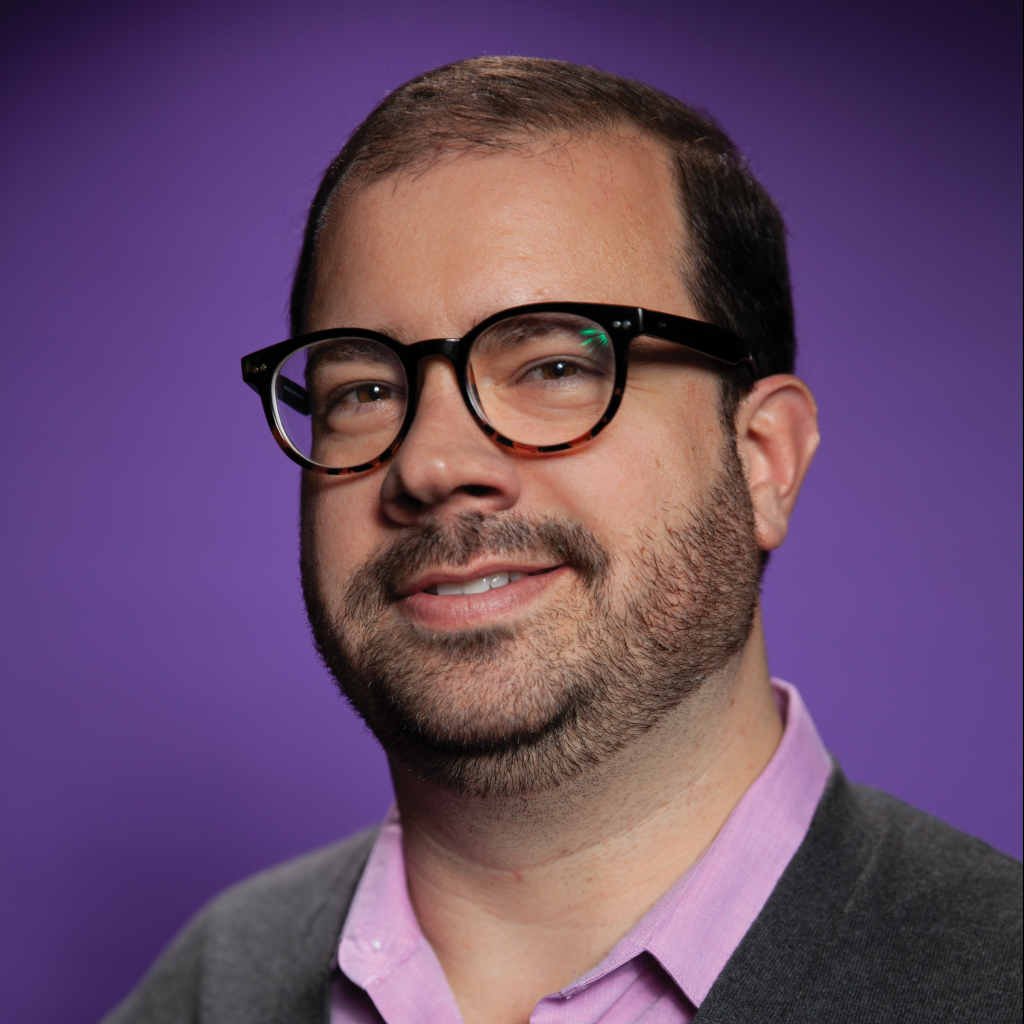
When you think about what happens after you or a loved one dies, the process may seem almost predestined. Whether you die at home or in a hospital, in your bed after a long illness or in an accident, someone will come get your body and take it away, it will be embalmed, and then either buried or cremated.
A growing number of initiatives are seeking to give people more options when it comes to how we care for dead bodies. The rising popularity of the green burial movement, death doulas, Death Cafes, and other programs suggest that people are hungry for new ways to think about death and dying. However, with few exceptions, almost none of these have intentionally and meaningfully engaged with Christian theology and communities.
Cody J. Sanders and Mikeal C. Parsons are trying to change that. Their new book, Corpse Care (Fortress Press) engages in theological reflection about the importance of dead bodies in God’s creation and how what we believe about creation and incarnation affects how we care for our dead.
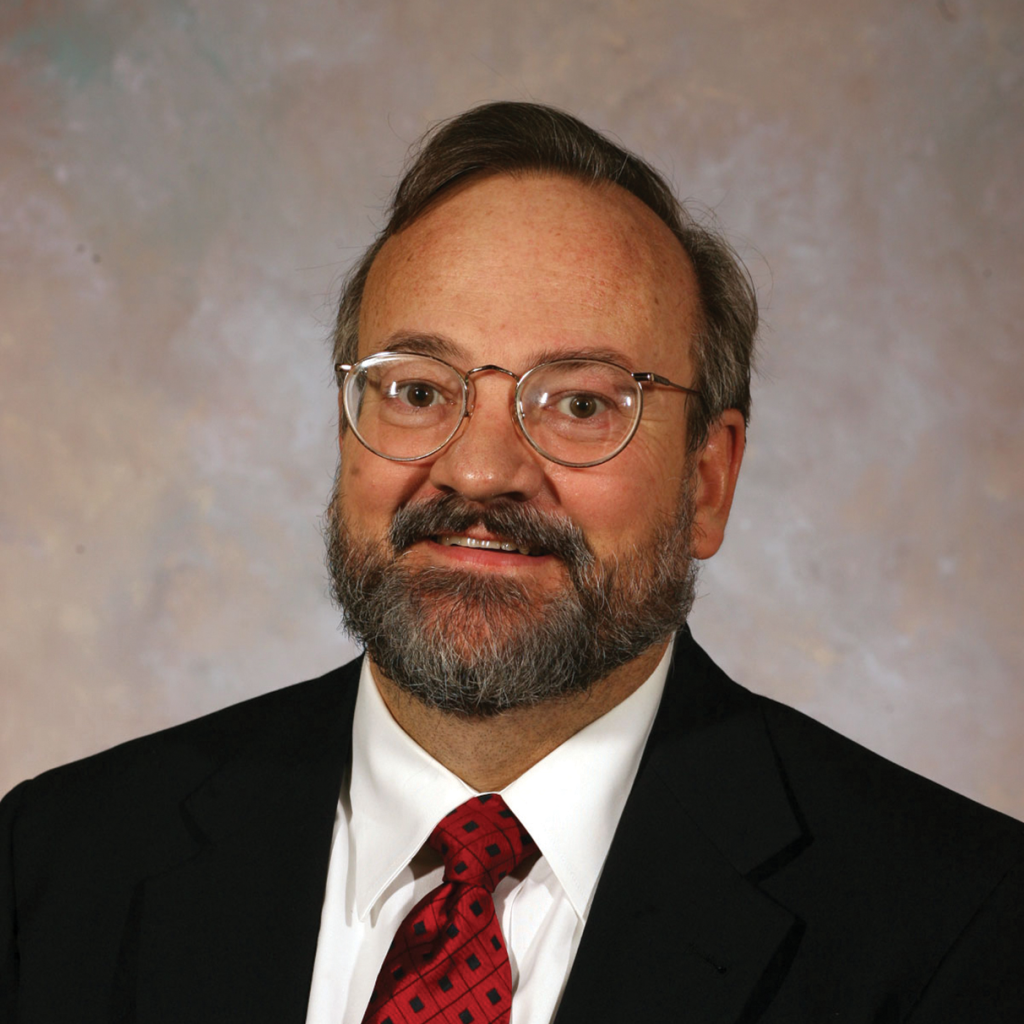
Parsons, who teaches New Testament classes at Baylor University, points out that while Christians of all denominations prioritize the crucifixion and the resurrection, we don’t talk much about the three days in between, when Jesus lay dead in the tomb. And yet, Jesus’ body is his dead body, which is also his resurrected body. Bodies matter—dead bodies matter. How we treat them influences how we think about our body’s place in creation. And yet, in some ways, our society is doing a pretty good job of pretending they don’t exist.
In your book you write that Americans have an unhealthy relationship with death. What do you mean by this?
Cody J. Sanders: A lot of our media sensationalizes death or how death is represented. There’s a saturation of death-related stories, yet death is portrayed in ways that aren’t always very similar to the ways in which we actually experience our own deaths or the deaths of loved ones.
People are not typically invited to bring death into conversation with their families or communities: It’s a very hard thing for people to talk about unless they are invited in a compassionate, careful, and caring way. And yet I find when I teach classes about death in seminaries that people are hungry for the space to converse about death.
I always ask students to do some sort of community project where they bring people together to talk about death, whether a Death Cafe, an educational forum about green burial, or something else. And my students are always fearful that no one will come, because no one is willing to talk about death. But every time they do it, they report back that the event was standing room only. Their community wants them to do it again the next month or turn it into a series.
People are looking for opportunities to talk about death in real ways that impact our lives. It’s just that those kinds of invitations are so seldom issued. I think faith communities have a particularly important role in inviting people to talk seriously and compassionately about death.
What typically happens when someone dies in the United States?
Sanders: It depends on where the person dies. Typically, though, whether they have died at home or in a hospice or in a hospital, a funeral home is called and the funeral director takes responsibility for the dead person’s body. This typically means embalming the body in preparation for a viewing and eventual burial in a cemetery and placing it into a hardwood or metal casket which, in turn, is placed into a cement or metal vault in the ground. Or, today about 50 percent of people are now choosing cremation. They still often embalm the body prior to cremation—either because there’s going to be a viewing or simply because that’s what the funeral director has invited the family to choose—and then the body is cremated and the ashes are returned to the family.
Whether there’s a gathering—a memorial service or a funeral—varies quite widely. I think COVID-19 really shifted our perception of what is possible around the death of a loved one. Because many people weren’t able to gather for funerals and other rituals, it opened up creative possibilities for gathering people across long distances in virtual spaces during these death-care rituals.
It is very rare—except in particular communities, specifically Jewish and Muslim ones—that families have any direct care for the dead. However, there’s a growing interest in returning death care to communities and families.
Has this process changed over time?
Sanders: From the arrival of the Puritans, death was typically something that occurred within a community. Very rarely did people die away from home: Their families cared for them. In more rural and farming communities, people would be buried near their house in a small community, family, or church cemetery. In more urban areas such as Boston, they would be buried in city center burying grounds such as King’s Chapel or the Granary and Copp’s Hill, which were places where people walked by every day. They weren’t intended to be beautiful places of visitation and memory: They were more like stark reminders that we were all headed for the grave.
But by the early 1800s, these burying grounds in city centers were full. They could not contain more bodies. There were also growing fears around whether noxious smells might be how diseases are spread. At the same time, sentiments around death were shifting as Puritanism lost its sway; Transcendentalism was on the ascent. People no longer feared that the beauty of nature would distract them from God; they believed it would instead direct their attention to the divine.
As a result, some men in the Boston Horticulture Society, with Jacob Bigelow as the leader, decided to move the dead outside of the city center into rural landscapes. Those landscapes could be places of beauty, places where people could experiment with new kinds of horticulture and plants. This led to the founding of Mount Auburn Cemetery in Cambridge in 1831.
Around the same time, nearly every major city in the country founded a rural cemetery. That really shifted our proximity to the dead, but death still happened at home. While there was somewhat of a funeral industry, with casket makers and people who rented carts to carry the dead out to cemeteries, it wasn’t as developed as we know it today.
This changed with the Civil War. For the first time, tens of thousands of people were dying far away from their homes. No longer could people witness the deathbed scene or hear their loved ones’ last words. It subverted this good death narrative that had been so central to how we mourned for so long.
As a result, an industrious group of men invented embalming—a process which was very similar to how we embalm today. They would follow the troops around, primarily the Union troops, and preserve bodies so they could be returned home. Usually these were the bodies of officers, because theirs were the families that could pay for this process and for bodies to be sent home to the North.
Embalming is really the cornerstone of what became the funeral industry. It was the first time that funeral directors had an expertise around which they could form a business. Many funeral directors today still view embalming as the cornerstone of the funeral industry, even as practices shift away from burial toward cremation, and there’s a growing interest in natural burial.
Why is it important to understand this history of death care?
Mikeal C. Parsons: It’s important because what we consider conventional death care arose at a particular moment in time in response to a contingency. But prior to the Civil War, “conventional” corpse care was what we now call “green” or “natural” burial.
That part of the history is lost on most people. But I think it’s important to try to reclaim some of those practices, particularly for contemporary Christian communities. Because along with that professionalization of death, communities have lost the skills to care for their own dead. And we can do a lot more for our dead than we think we can.
Sanders: People shouldn’t view our current death practices as practices we have engaged in since time immemorial or as somehow sacred and ancient. I want people to realize that these practices are actually quite modern and arose because of particular historical needs.
I also don’t want folks to believe that our current practices were inevitable, as if funeral practices are on a sort of trajectory of progress, and what we do today is better than what we used to do. That’s not at all how it happened.
History helps us know that there is a whole wide range of possibilities beyond our current conventional practices that might be meaningful for us to reengage. And there are some new practices that are emerging in response to current needs that we might want to engage for the first time.
How can death care serve as a tool to combat injustice?
Sanders: One way that I think is really important is in how death care attends to the relationship between the dead and the living. Chanequa Walker-Barnes is a pastoral theologian who has talked about how Michael Brown’s community accompanied his body after he was killed by police in the streets of Ferguson, Missouri. His family and community surrounded his body and stayed with him as his body lay on the asphalt. They then followed the coroner’s van all the way to the medical examiner’s office.
In one way that is simply a reference for the sacredness of a human being whose life was taken. In another way I think it mirrors ritualistically what people have done with our dead throughout history: We stay with them; we don’t let them go. And that form of accompaniment is an important piece of justice; it suggests something about our unwillingness to look away from horrific instances of violence and injustice. Those instances always begin with a corpse, with a body that has become dead. Our willingness to stay with that body is a particularly important part of witness and accompaniment.
What does death care say about how Christians think of our place in creation?
Sanders: That’s really the central question of our book. There are so many pieces that can be isolated and examined for clues about our sense of connection to the wider web of life. For example, in conventual cemeteries, Christians stand at the side of the grave, quote biblical passages such as, “Ashes to ashes and dust to dust,” and liturgically return the body to the earth. And yet, in the last 100 plus years, we have not typically actually been returning the body to the earth. We put the body in a box that is sealed and then put that box into another box that is even more carefully sealed so that the body and the earth never interact with each other again.
In death, we have cut ourselves off from our relationship to the earth. And our death care practices mirror, in many ways, how industrialization has cut off our living bodies from the wider web of life. This cuts against our liturgical traditions and the biblical texts, which suggest that our bodies return to the earth and that the earth desires to receive our bodies. Our funeral practices do not reflect what we say we’re doing in our death-care practices.
Parsons: I’ve always been interested in bodies, but before Cody and I wrote this book I had never thought very much about dead bodies. And I’m not alone in this. Feminist theology, for example, has tried to address this sort of Cartesian split between mind and body and how female bodies were being mistreated. There was this sense of urgency, a need to deal with what’s happening to living bodies—there wasn’t time to think about what happens to corpses. But of course what happens to corpses is a continuation of what happens to living bodies.
In our book we quote two writers—Luke Timothy Johnson and Paul Griffiths—who explicitly say, “The corpse doesn’t have any sort of revelatory or theological value.” We argue that perspective is based in a kind of human exceptionalism, or the idea that human beings are superior to other created beings. Humans tend to view ourselves at the top of the theological food chain, but in our book we argue that we’re one part of this web of life, and death is a natural part of that web.
What’s at stake here? What happens when we don’t include death or dead bodies in our incarnational theology?
Sanders: On a very practical level, we are currently engaging in death care practices that harm the Earth. The amount of embalming fluids we put into the ground, the amount of hardwood and metal caskets that are created to go into the ground, the amount of cement for burial vaults that go into the ground, and the amount of energy that is used to cremate an increasingly large number of people are all practices that are damaging to creation.
We want people to be able to choose things in death that align with their ethics in life, such as natural burial, alkaline hydrolysis, or water cremation. When people know these are options, they start to imagine how their death care might align with their
ethics. And that’s a really liberating thing for people.
Another piece is that death care affects how we mourn in communities. Our practices of handing over all of the care for our dead to professionals has removed us from our own care for the dead. We’ve given over that purview, but we can reclaim it in ways that are helpful for families and communities to mourn. For example, when families choose to do a home funeral, they can keep the unembalmed body at home for a period of time. There is a way to simply cool the body so that it can be visited, washed, and shrouded by family that slows down the process a bit. It gives everyone an opportunity to do something meaningful to care for their dead and to accompany their loved one into their final resting place, whether that is natural burial, cremation, or whatever the case.
The grieving of our communities is shaped by how we practice death care. But in a much larger ethical sense, the corpse can be revelatory in the ways that it lifts up our entanglement within the larger web of life so that we can more carefully consider the ecological implications of how we live.
Parsons: The church has largely not been a part of the conversation around ecological justice and the role of the corpse. A lot of the discussion about green burial has been taking place outside of congregations. So in this book we really try to invite Christian congregations and their leaders to seriously consider the implications of thinking about the role of the corpse in the web of life as entanglement rather than exceptionalism. What is the role of the body from birth to death? We don’t want to stop that story until the story is complete. And we tend to turn the end of that story over to professionals in ways that may not be helpful either to families or to a congregation.
In that case, how can rethinking death care change how we interpret the incarnation and Jesus’ death and resurrection?
Parsons: I think the earthiness of incarnation is lifted up by this kind of contemplation. Especially among evangelical congregations, there is a kind of implicit gnosticism that separates the body and the soul. We see that in the denial of physicality. And yet, the incarnation and resurrection are very earthy doctrines. We’re talking about a real body, in real time, and the belief that God became human in all of those dimensions.
Sanders: I invite people to consider the way in which Jesus’ body was cared for after the crucifixion. And not to view that as just sort of a necessary series of details to get us to the empty tomb; there are important ways in which Jesus’ community practiced their faith in relationship to his body and cared for both Jesus’ body and the incarnate body of the divine. This is something we rarely talk about. We talk a lot about the crucifixion and resurrection but sort of slide right over how tenderly Jesus’ loved ones cared for his body.
In some ways, I think a lot of Christian communities are more concerned with the resurrection, the afterlife, or a person’s soul. Likewise, many secular communities have a very dualistic understanding of our humanity: We think about our bodies as a shell and that the true essence of our being goes somewhere else when we die. Either way, the body doesn’t really matter.
Reconsidering death care foregrounds the centrality of the body: not only the living body and how it has served us in life but also the dead body and how it serves the larger web of life in which we are entangled. That’s the piece that we keep coming back to: how tied up our human flesh is within the larger web of ecological life.
Parsons: It’s a bit surprising that Christians are so unwilling to consider the dead Jesus, because our foundational scriptures make a great deal out of the continuity between the crucified body of Jesus and his resurrected body. That resurrected body, according to Luke and John, still bore the marks of Roman execution. There’s a continuity between the incarnation and the resurrection that we skip over because we lose what’s happened in those three days.
How can communities of faith be better at death care?
Sanders: The easiest thing is for clergy and faith communities to open up more conversations about death. This can be done in really invitational and simple ways like through a Death Cafe, where you invite people to come together and talk about whatever topics related to death they wish to talk about. No program, no guidance, just holding people in conversation, usually with the presence of cake. Any community can do this, and I’ve always experienced it as a liberating space. People have questions, concerns, and desires that they might not have been able to ever talk about openly.
Another step is for congregations to become more active in educating people about their options. Often, this could come with a partnership between a congregation or a diocese and the local Funeral Consumers Alliance or a local death midwife, death doula, or home funeral guide, who can educate people about the possibilities of home death care. Congregations can make strategic partnerships between other communities having these conversations or other resources. Sometimes there are funeral directors who are open to working with families and allowing families to do as much of the death care as they want, for example.
Advocacy is also important. For example, many cities and communities don’t have access to green burial spaces. Advocating for more space for people to practice death care that aligns with their theological ethics is important.
I’d like to see churches become more active in actually providing death care to their community and members. This could take place in a number of ways. One would be churches forming death care or home funeral accompaniment groups where members develop skills like how to keep a body at home for a few days, how to wash and shroud a body, or how to transport a body if a family needs help. That group could be the repository of knowledge in that congregation. Churches are really good at forming committees. Each congregation or parish could form a committee that takes on those responsibilities so that when a family is in need, all they need to do is turn to that group or committee and say, “I need help figuring out how to do this.”
Finally, churches around the country are land rich. One really great use of some of our land would be to set aside portions of our land for green burial. This does two things for our community. One, it gives people options that they might not otherwise have. In addition, to designate land as a green burial site commits that land to preservation. So we can use burial in order to conserve land. That would also be a gift to the community, because these preserved lands become a park-like atmosphere for people to enjoy.
Churches can do this. We’ve done similar things that are just as hard and probably harder in the past. So there’s no reason that churches that have started schools, hospitals, or community organizations can’t also start death-care practices that serve the wider community.
Parsons: The last sentence of our book is quoting a poem: “We give our dead to life.” What Cody has described is a way in which we move from humus to human to humus, and we give our dead to life and to the web of life. I think that’s a beautiful description of possibilities for congregations.
This article also appears in the November 2023 issue of U.S. Catholic (Vol. 88, No. 11, pages 16-20). Click here to subscribe to the magazine.
Image: Unsplash/The Good Funeral Guide


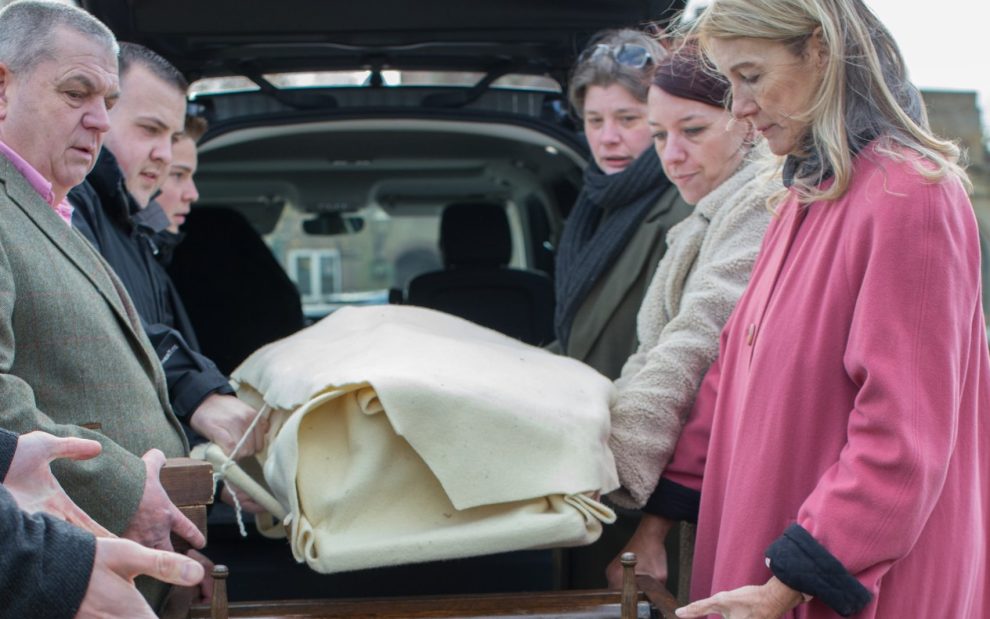

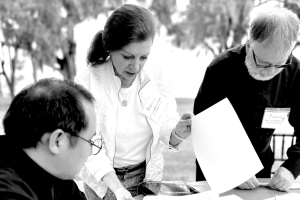
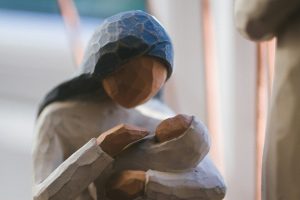






Add comment